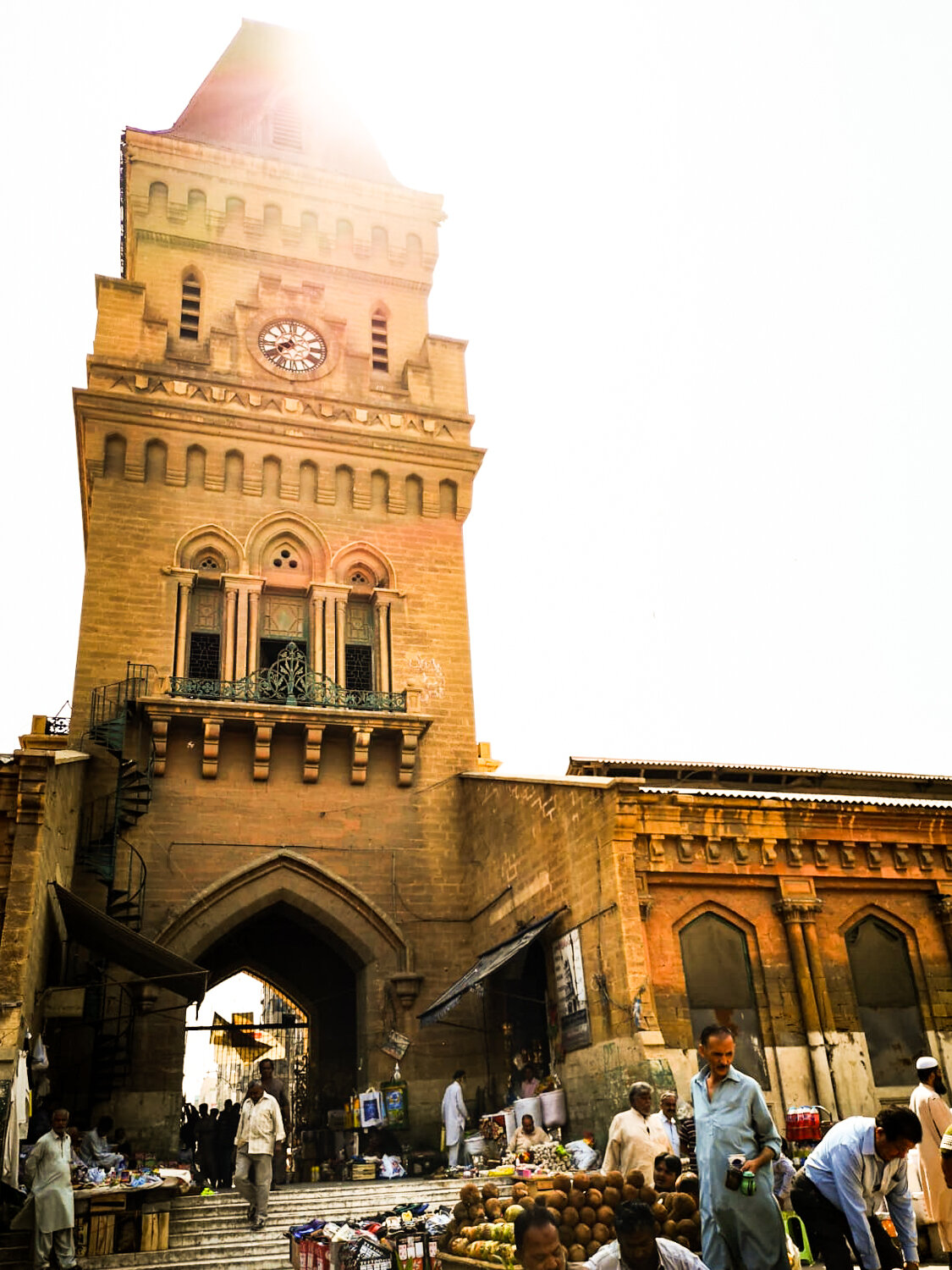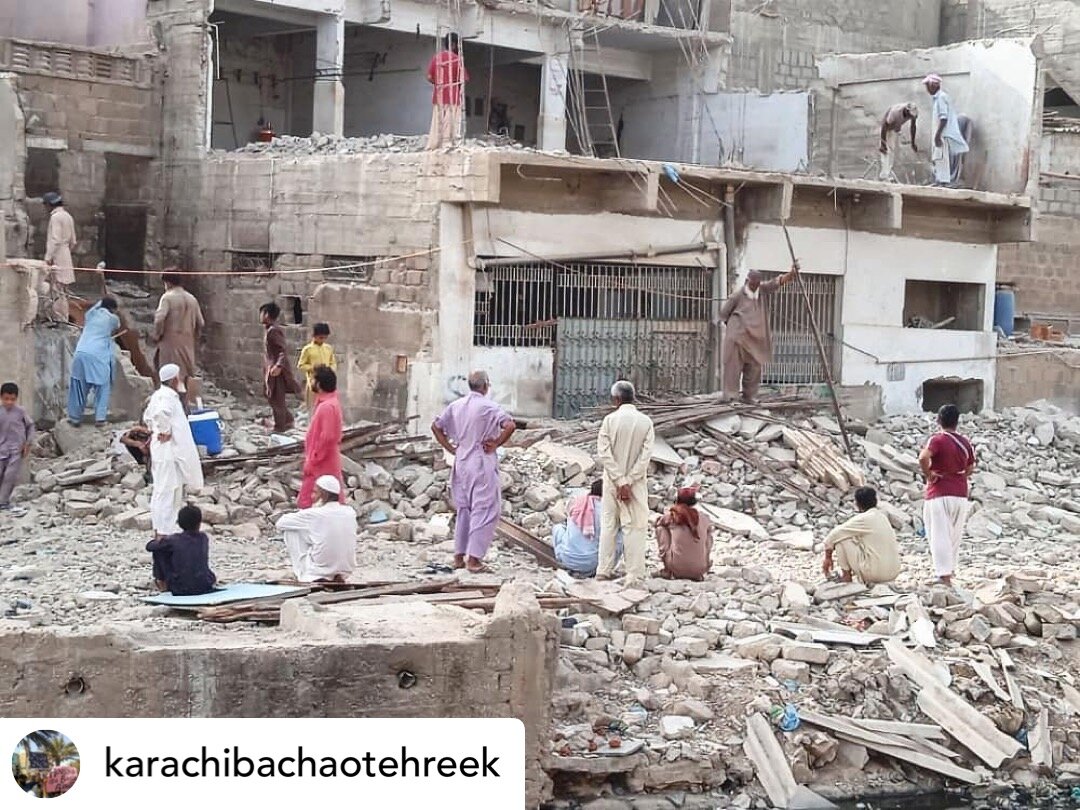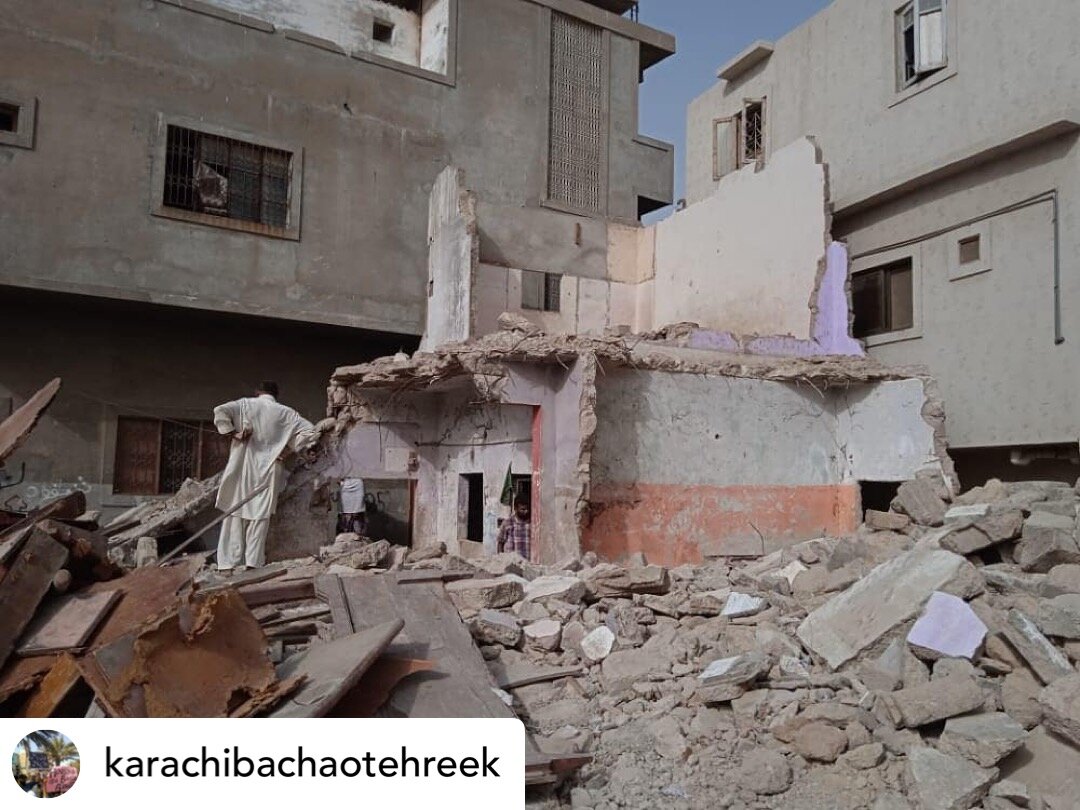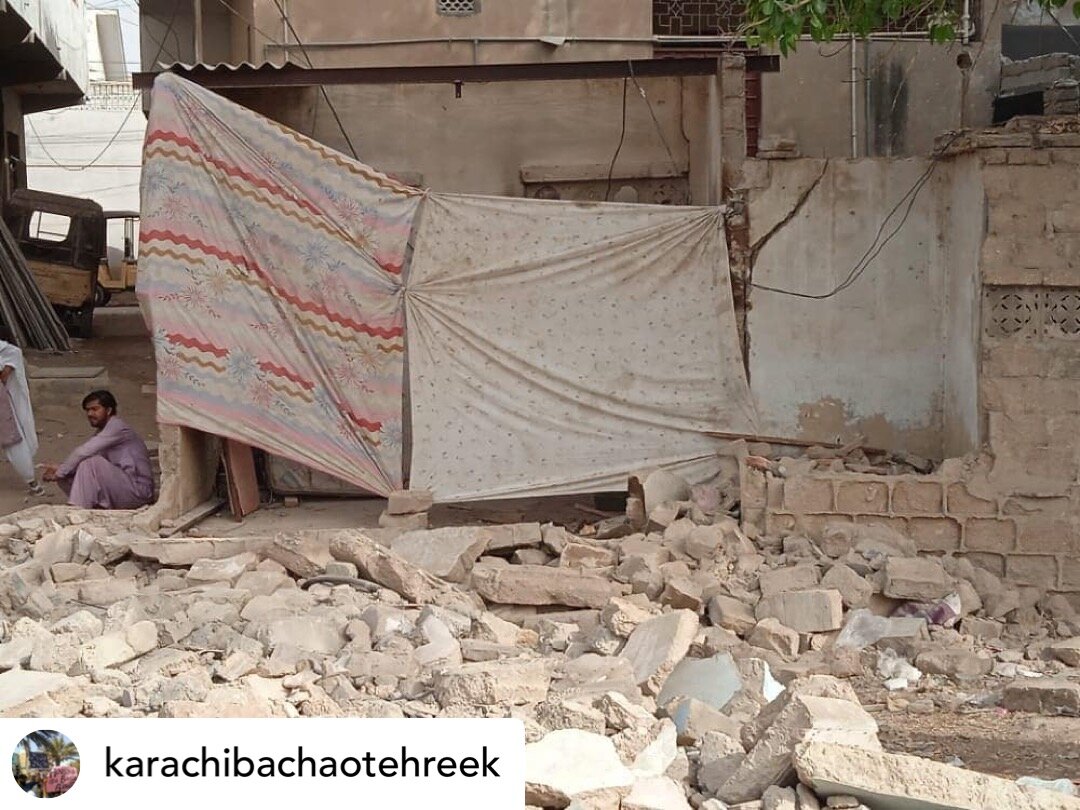Empress Market: a history lesson
I named my food business Empress Market (will now be referred to as EM to avoid confusion!) after a produce market in the heart of Karachi, Pakistan. A Victorian brick building, distinguished by a square courtyard, four covered halls and a clocktower that has not chimed the passing hours at least in my lifetime. Instead, the passage of time can be seen in the fading brickwork and the labyrinth of vendors with their produce laid out on flimsy wooden carts and blankets. The building has a rich and complex history.
Empress Market, a history lesson
Empress Market was inaugurated in 1889 in the ‘European Quarter’ (as it was known then) of Saddar neighbourhood. The Market was built over the site where freedom fighters of the 1857 War of Independence were blown from the mouths of cannons by British colonials.
Named after Queen Victoria, formerly recognised as the Empress of India following the failed uprising, the building itself was designed as a domestic market for the families of the British administrators and soldiers who inhabited Saddar. The shops inside sold meat, vegetable, fruit and household goods surrounded by posh cafes, bars, and restaurants. Locals were refused entry at the discretion of Empress Market management, think of it as a Victorian era Dolmen Mall.
Over the next century, Empress Market organically evolved into a labyrinth of mobile carts, tented stalls and hawkers that spilled out into the surrounding grounds and streets of the neighbourhood.
Markets like Empress Market are the lifeblood of so many working class people in Pakistan. This informal economy accounts for an estimated 30-40% of Karachi’s economy and 72% of urban employment.
Saddar itself is central to Karachi’s urban layout with Empress Market as the landmark destination of the city’s public transport and trade. The neighbourhood reflects the concrete jungle of Karachi as a whole contributing to the city’s reputation as one of the world’s least livable cities.
Waseem Akhtar, the mayor of Karachi (2016-2020), took the initiative to catapult the city into modernity with an intensive demolition project. “We need open places. We need gardens, trees, public areas, benches,” he stated. “The era of the concrete jungle has gone on for too long in Karachi.”
In 2019, under the World Bank-funded Karachi Neighbourhood Improvement Project (KNIP), US$98 million was dedicated to to revive the area’s ‘former glory’. The ‘anti-encroachment’ initiative demolished 1,700 shops and removing approximately 3,000 push-cart hawkers in the area. These figures do not include mobile hawkers who traded along the street on pieces of cloth, the musicians and performers who entertained the commuting public, nor the beggars who extracted charity from the visitors. An estimated 200,000 people lost their livelihood due to the governments efforts.
The issue of redevelopment is complicated, however, the numbers do speak for themselves. The people most affected are the working class of the city with little or no support to re-establish their businesses by the local government. Muhammad Toheed, an urban planning researcher at the Institute of Business Administration, a Karachi university.
“They barely make ends meet as it is,” he said. “They can’t afford rent in other parts of Karachi…Of course cities change and there is encroachment all over the city…But the public and civil society need to know the big picture so we can plan accordingly. Right now, we find out just days before demolition, and then another one begins.”
Additionally, the ‘beautification’ plan of this iconic historical structure to restore its ‘former glory’ has been carried out without any input from historians, urban planners and heritage consultants. Architect and heritage consultant Marvi Mazhar heavily criticised the move by the government, labelling it as “vandalism and insensitive”.
The Sindh government has initiated similar development/displacement programs across Karachi. it is happening right now in Sadiqnagar Colony along the Gujjar Nala, north of Empress Market. Government authorities continue to demolish people’s during the month of Ramzan, in the city heat, while a global pandemic is raging. As of date, local residents have not been provided with efficient resettlement arrangements and witnessing them sit helplessly as their worldly possessions are destroyed is heartbreaking. You can read more about this and see video evidence for yourself by following @karachibachaotehreek.
Some informative reporting on Empress Market and the current state of affairs:
Dawn News: Special Report: What does the Future hold for Karachi’s historical Saddar area? 12th March 2019
The New York Times: Karachi Seeks to Remake Itself, With Bulldozers Leading the Way, By Meher Ahmad, 26th January 2019
Road & Kingdoms: An Elegy for Karachi’s Empress Market, Saba Imtiaz, 9th January 2019
Financial Times: Pakistan: a fight over the future of Karachi’s historic buildings, Samira Shackle, 18th April 2014
INSTAGRAM: @karachibachaotehreek:Karachi Bachao Tehreek is an evolving & growing movement of demolition affected people & their allies in Karachi, Pakistan.













